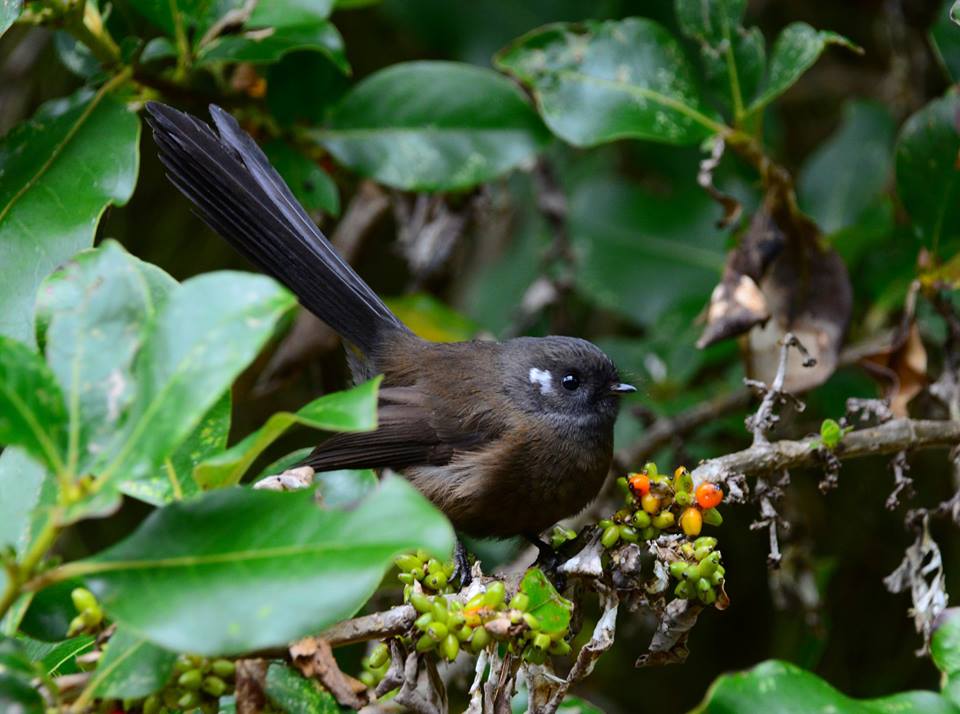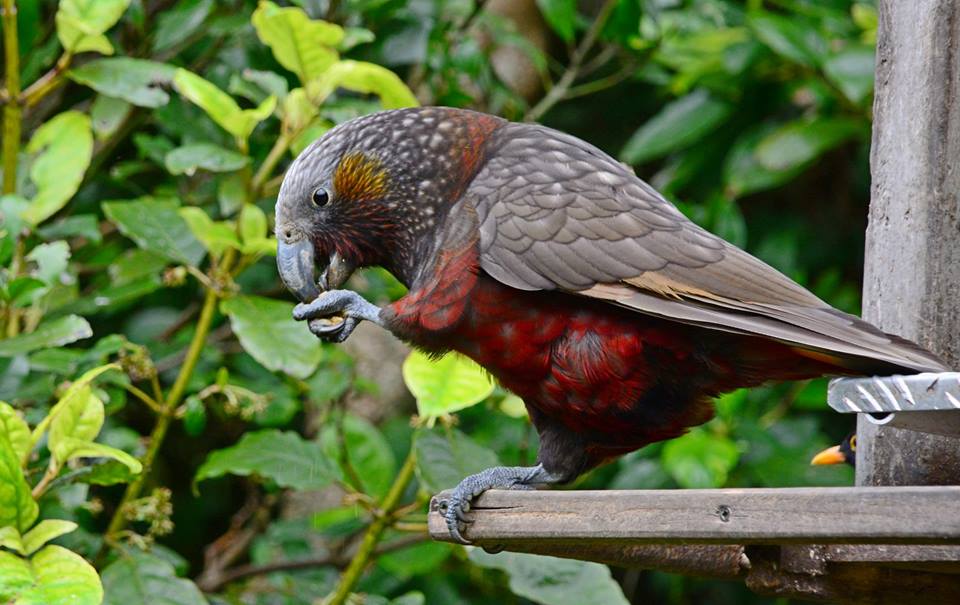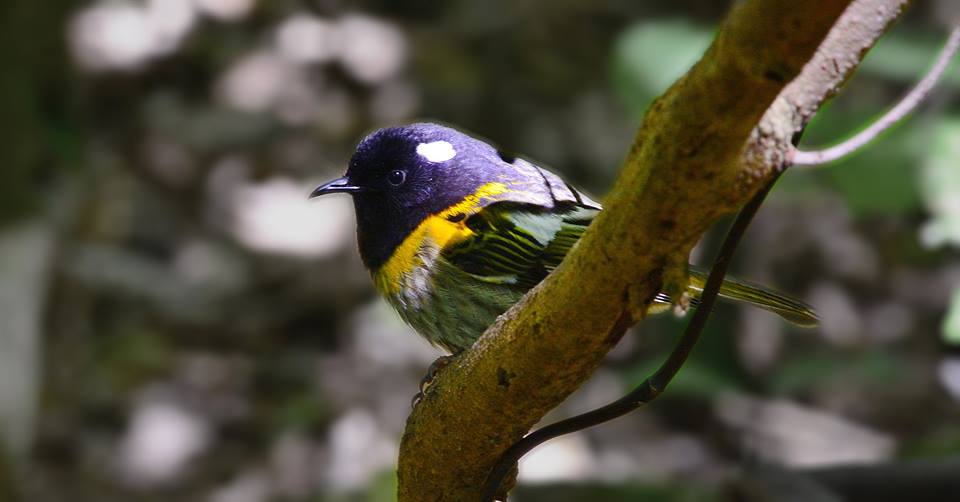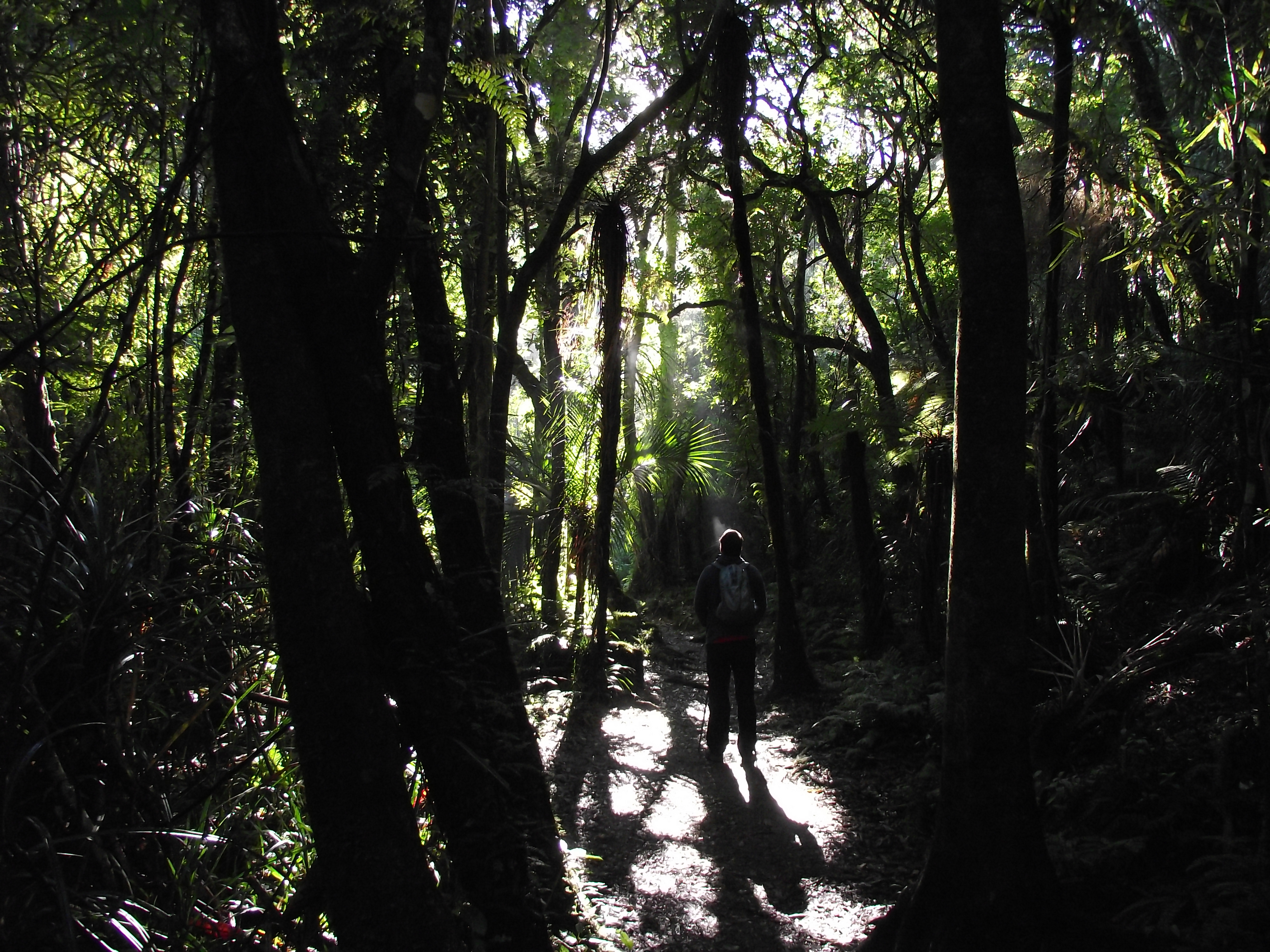A city transformed
For those of us that love the outdoors but spend the better part of our weekday ensconced in an air-conditioned building, the weekend represents a vital chance to get our nature fix. This invariably means different things to different people but for me it signifies precious hours which can be used to get outside exploring our local trails.
Having recently moved from the adventure capital of Queenstown, where wilding pines are rampant and native flora and fauna struggle to compete, I’ve found my re-immersion to the capital a refreshing change.
On the south coast where I grew up, I had memories of patchy hillsides, dominated by gorse, and the occasional native birdsong in a dawn chorus monopolised by starlings, blackbirds, finches and song thrush.
Now the area is surrounded by local reserves and the gorse-ridden hill-sides are finally giving way to newly emergent canopies of māhoe, taupata, patē and matipo. In addition I wake up to the best alarm any bird enthusiast could ask for – a medley of declarations from tūī, riroriro, pīwakawaka and wax eye.

A black phase fantail (Photo by Andrew Winter).
When walking around our central city I am always astounded, not just at the variety but the visability of the birdlife around me. I frequently hear the raucous screech of kākā and there is usually a group present on my morning commutes across the city.
Some mornings the kākā will come and land in a tree right alongside me, balancing precariously on the slender end of a branch, at which point both of us take a minute to regard each other with (what I imagine to be) an equal measure of curiosity.
It’s encounters like these that really make my mornings and I enjoy watching other commuters smile when they catch a glimpse of our native birds – be it a brilliant green kākāriki flitting across their paths, a tiny riroriro trilling in the tree-tops or a portly kererū swaying awkwardly on a power line.

Thanks to the halo effect of Zealandia, kākā are now a common sight around Wellington (Photo by Andrew Winter).
There is no doubt that the Zealandia Ecosanctuary has played a key role in this transformation as native wildlife is quite literally brimming out of the valley where it resides. Situated close to the city centre Zealandia encompasses 225 hectares of regenerating native bush, all of which is rimmed by a 2.2 metre high fence, specially designed to keep out those introduced mammalian pests. It is this fence which makes it such a unique destination – a place where native ecosystems flourish and visitor curiosity never goes unrewarded.
Many of the birds, reptiles and insects which reside at Zealandia had been absent from the mainland for decades or even centuries prior to their release. Some of the star attractions, such as kiwi, tuatara and takahē, are more well-known, and it’s fantastic that people are finally being given the opportunity to observe these impressive creatures in the wild.

This stitchbird (hihi) is one of many endangered species found at Zealandia (Photo by Andrew Winter).
But it’s not just the iconic species which draw me in, it’s the endless opportunities for discovering something new about our environment.
Every visit is unique – I can learn about the geomorphology of my hometown, take in the incredible life cycle of our indigenous glow worms or follow botanising experts as they point out tiny flowering orchids and ancient hanging clubmoss along the trail. The possibilities are limited only by your curiosity and the time you can spare.

Walking the fuschia track at Zealandia (Photo by Andrew Winter).
Zealandia’s conservation success can be attributed to the spirit of altruism, hard-work, determination and passion from which it has evolved. But this ethos seems to have permeated beyond the bounds of the fenceline, captivating local residents and engendering local community action in its wake.
Every month I am hearing stories about local pest trapping initiatives or restoration programmes happening within the suburbs of Wellington and each one motivates and inspires me to do my bit.
Like so many before me it seems I too have fallen under the spell of Zealandia – the valley that managed to transform a city.
